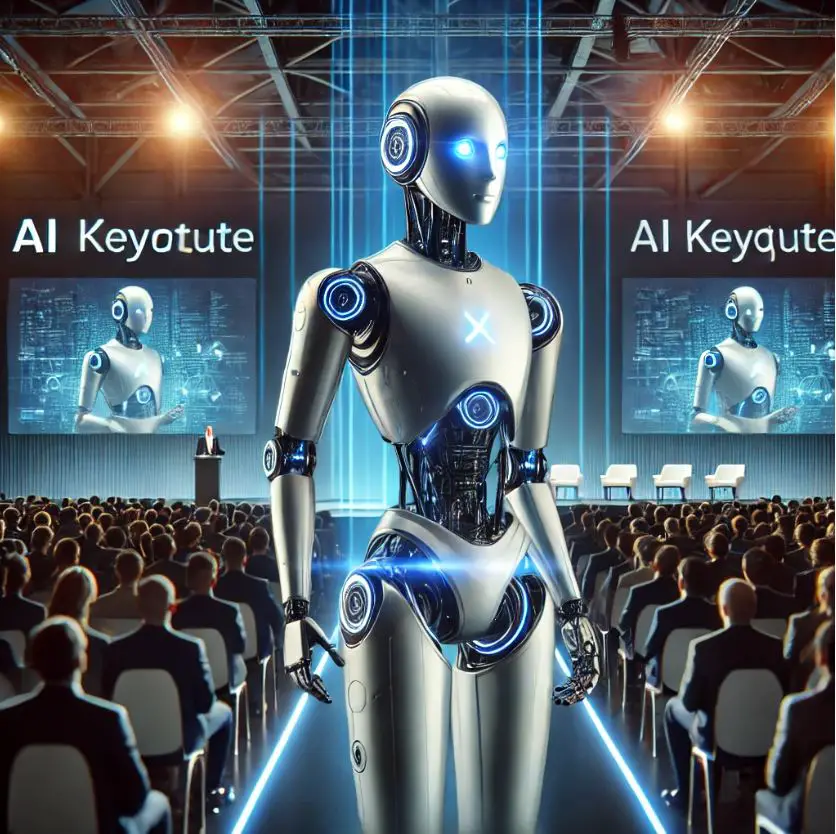
Nvidia’s Real-Life Star Wars Droid Stuns at Keynote
At a recent keynote, Nvidia delivered a jaw-dropping demonstration that blended science fiction with cutting-edge technology. The company unveiled a real-life Star Wars droid powered by its innovative Newton engine, capturing the imagination of the audience and sparking excitement throughout the tech and robotics communities.
A Dazzling Display of Innovation
During the presentation, Nvidia showcased the droid as it moved and interacted with its environment in a manner reminiscent of the beloved characters from the Star Wars universe. The demonstration was not merely a nod to pop culture; it served as a proof of concept for a new approach in robotics training and deployment. The droid’s lifelike movements and responsiveness were attributed to the capabilities of Nvidia’s Newton engine—a breakthrough designed to revolutionize how robots learn and operate in the real world.
The Power of the Newton Engine
Central to this breakthrough is Nvidia’s Newton engine, an advanced processing system that enables real-time training and decision-making for robots. The engine utilizes sophisticated AI algorithms to simulate a vast range of scenarios within a digital environment. Through these simulations, the droid is trained extensively on how to navigate complex terrains, avoid obstacles, and perform precise tasks before it ever touches the physical world. This approach significantly reduces the risks and costs associated with trial-and-error testing in actual hardware, allowing for a more efficient and safer development process.
From Digital Simulation to Physical Reality
The process begins with digital simulations where the droid’s software is exposed to a myriad of challenges and environments. The Newton engine processes these simulations rapidly, learning from each virtual encounter. Once the system has honed its skills, the learned data is transferred directly to the physical droid. The result is a machine that can perform intricate actions with precision, mirroring the fluidity and adaptability observed during the simulation phase. This seamless transition from virtual training to real-world execution is what truly sets Nvidia’s technology apart.
Unleashing New Potential in Robotics
The implications of Nvidia’s approach extend far beyond an impressive demonstration at a keynote. By leveraging digital simulations to train robots, companies can significantly shorten development cycles and reduce the risk of costly errors. This method not only enhances safety during the testing phase but also paves the way for more complex, autonomous robotic systems in industries such as manufacturing, healthcare, and logistics.
Moreover, the technology opens up possibilities for creating robots capable of adapting to unpredictable environments—a critical requirement for applications ranging from disaster response to exploration in remote or hazardous locations. The droid’s performance hints at a future where robotics can play a much larger role in everyday life, supported by intelligent systems that learn and evolve continuously.
Industry Reactions and Future Prospects
The demonstration has garnered praise from both tech enthusiasts and industry experts. Many view Nvidia’s breakthrough as a significant step toward more autonomous and capable robotic systems. As companies begin to explore the potential of digital simulation training, Nvidia’s Newton engine may well become a standard tool in the development of next-generation robotics.
Conclusion
Nvidia’s real-life Star Wars droid, powered by the Newton engine, is not just a remarkable feat of engineering—it’s a glimpse into the future of robotics. By bridging the gap between digital simulations and real-world performance, Nvidia is setting the stage for innovations that could transform multiple industries. As the technology matures, we can expect even more sophisticated and adaptable robotic systems to emerge, fundamentally changing the way we interact with machines.
